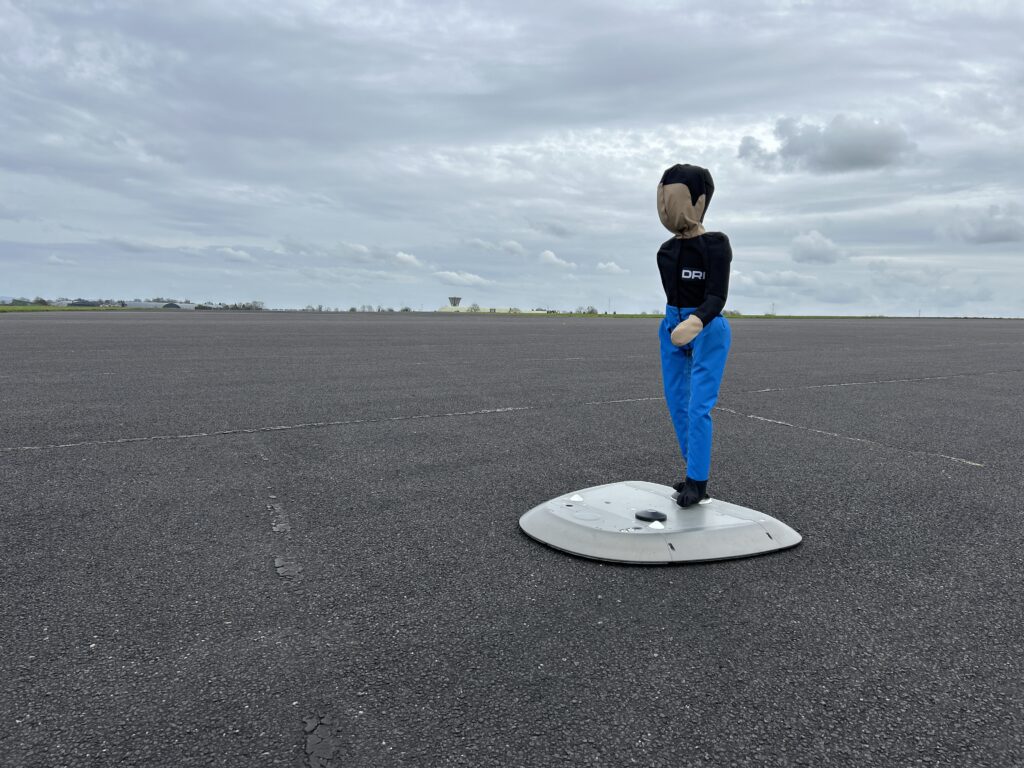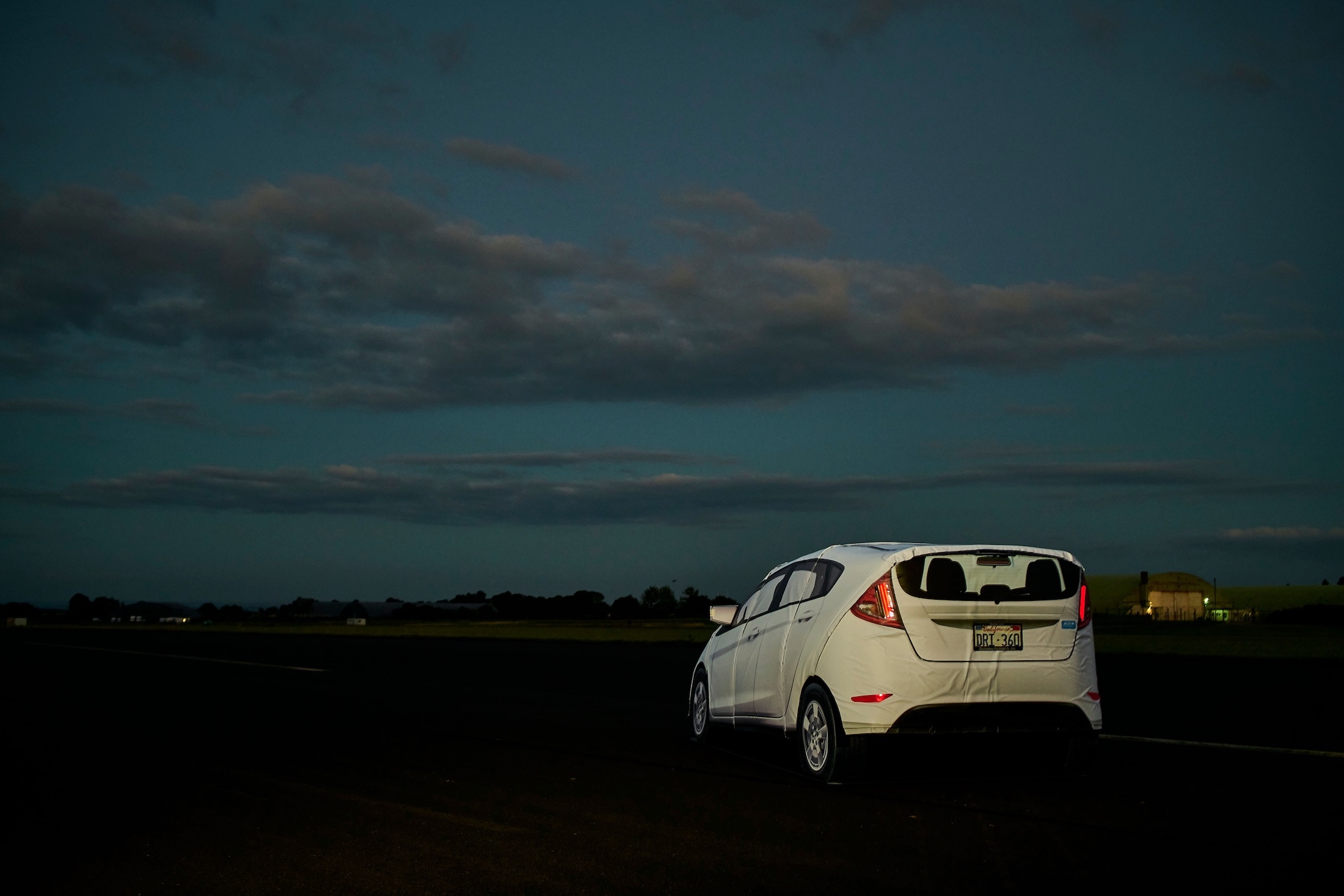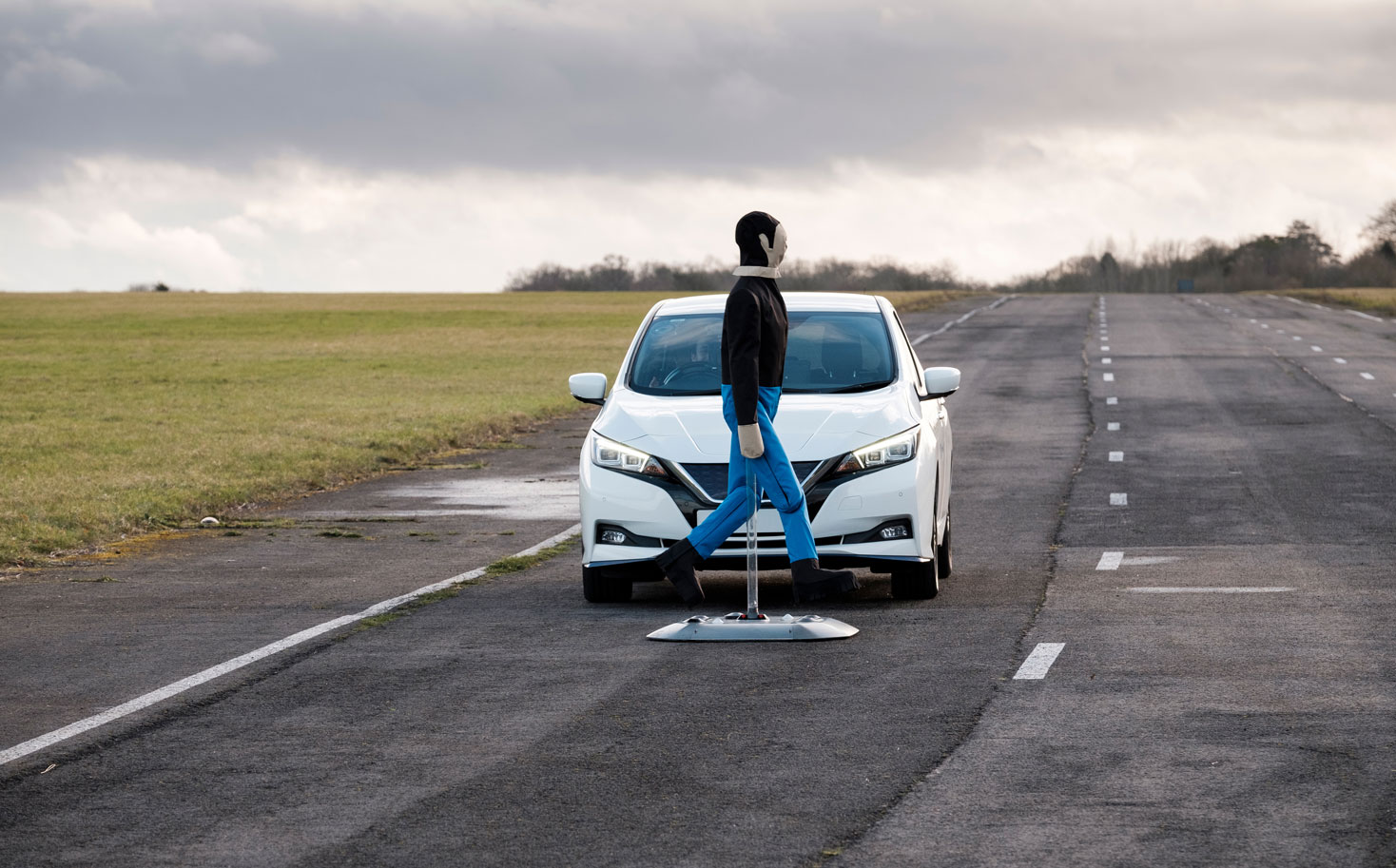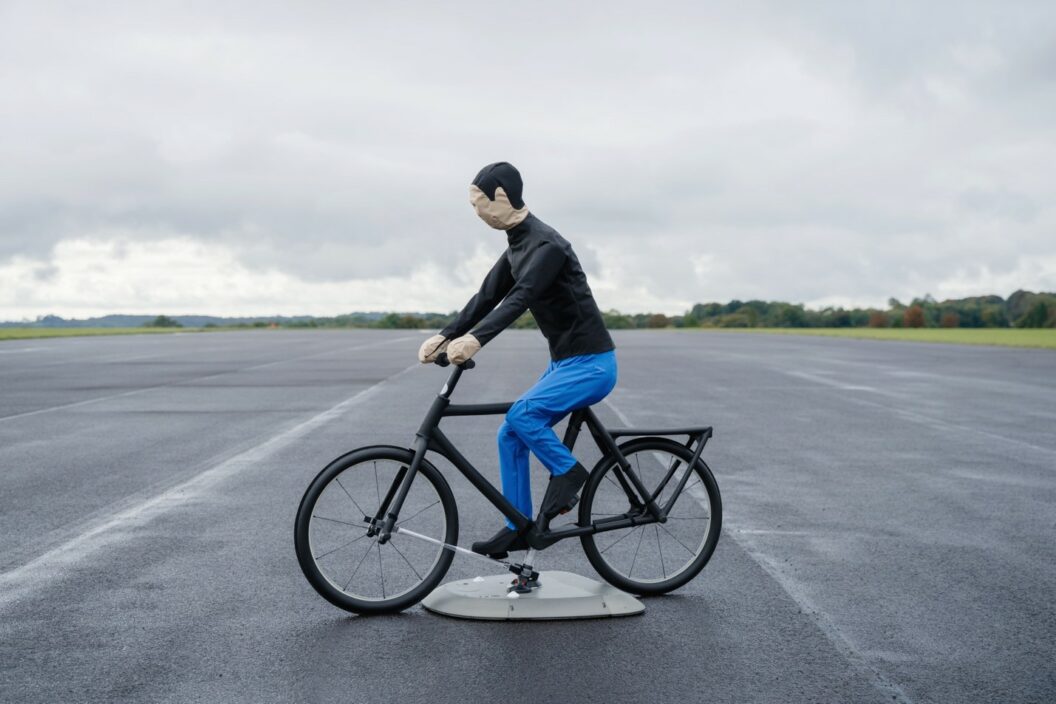DRI launches new child pedestrian target
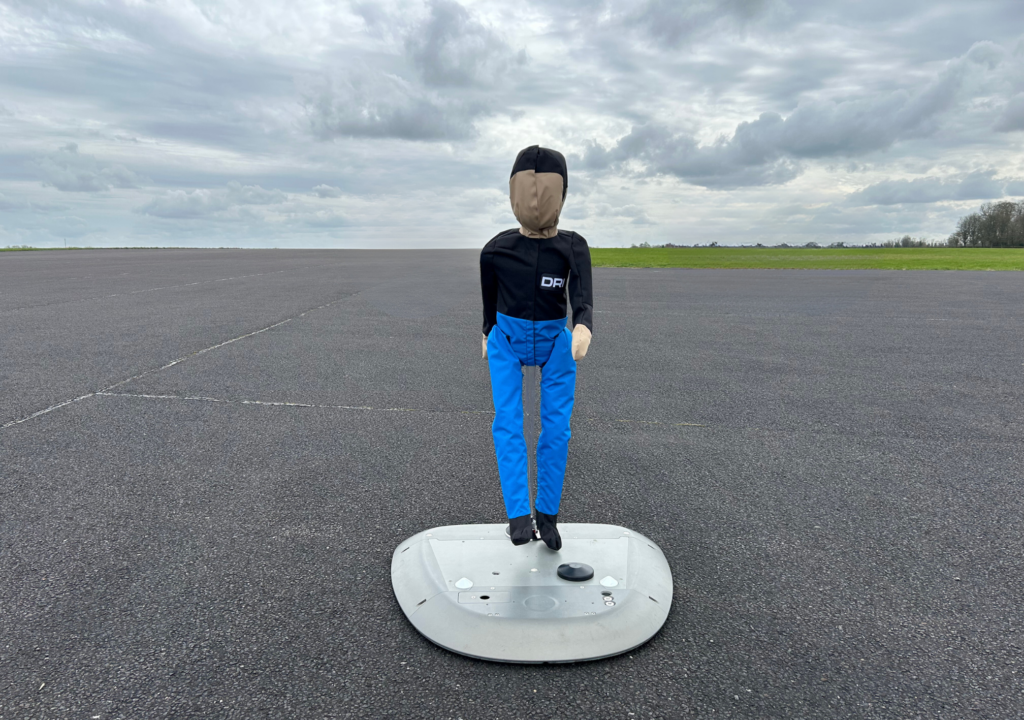
We are pleased to announce the launch of the child version of our next generation pedestrian ADAS target, the Soft Pedestrian 360™. This target will help automotive testing professionals meet the increasing requirement for child pedestrian testing, whilst focusing on realism and minimizing test downtime.
“The number of Euro NCAP test scenarios that require a child pedestrian target is expanding and will continue to grow,” said Jordan Silberling, General Manager of DRI. “Following the success of the adult version of our Soft Pedestrian 360, we have seen an increase in demand for a child target that caters to these test scenarios and uses the same proven architecture and technology used in the adult version.”
To reduce damage to the test vehicle, the new child target uses the same modular architecture as the adult to reduce the mass of any individual component that could contact the test vehicle and cause damage. Additionally, the servos operating the articulating legs are also completely encased in foam and sit within each component. This design ensures there are no exposed hard points that could make contact with the test vehicle. This means that the vehicle under test is protected when the limbs are disconnected upon impact.
“Downtime during testing sessions due to test vehicle damage or target damage is a significant factor in the overall expense of testing,” commented Silberling. “Our goal is to help avoid unnecessary delays, ensuring efficient testing.”
The Soft Pedestrian 360™ child target is engineered for minimal downtime. The target’s limbs attach to the body via foam blocks that engage corresponding sockets in the torso. This design allows the leg sub-assembly to be changed in less than a minute. Additionally, we have integrated the same slipper clutch in the adult target into the child to stop the servos from being back driven during a collision, preventing damage to the target and improving its durability. The cross-compatibility of these components helps to lower the overall cost of testing and minimizes the need for spare parts.
Our child target uses the same hard-wearing fabric clothing as the adult, which prevents the foam core from being worn away or torn apart, maintaining a consistent shape throughout testing. The clothing can be easily and cost-effectively replaced if damaged.
To ensure realism of the target, we conducted extensive on-track testing using our in-house-developed radar and lidar measurement system to fine-tune the reflectivity of the target. As a result, it accurately represents a child pedestrian to sensor perception systems.
The new target also features an age-specific gait that replicates a walking child. This movement is automatically synchronized with the position, speed and acceleration of the target relative to a starting point using the IMU (Inertial Measurement Unit) of the ADAS platform carrying it, such as the AB Dynamics LaunchPad™ Spin. This method provides a realistic, speed-matched gait without manual adjustments, streamlining various test scenarios.
“Currently, the legs are articulated as is dictated by the relevant industry regulations,” continues Silberling. “But thanks to the modular nature of our technology, we have future-proofed the design to easily articulate the arms, and the head should legislation change, or OEMs wish to conduct more extensive testing.”
For more information, contact us at info@dynres.com.
